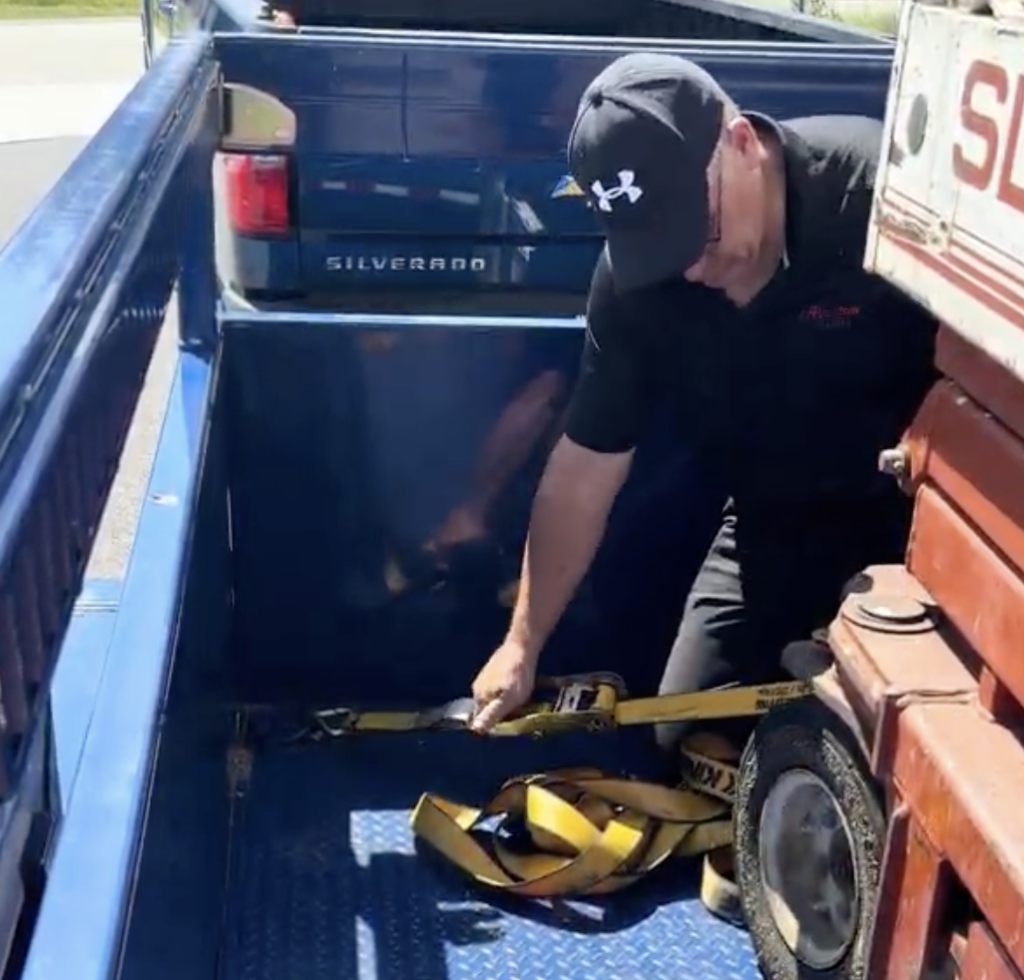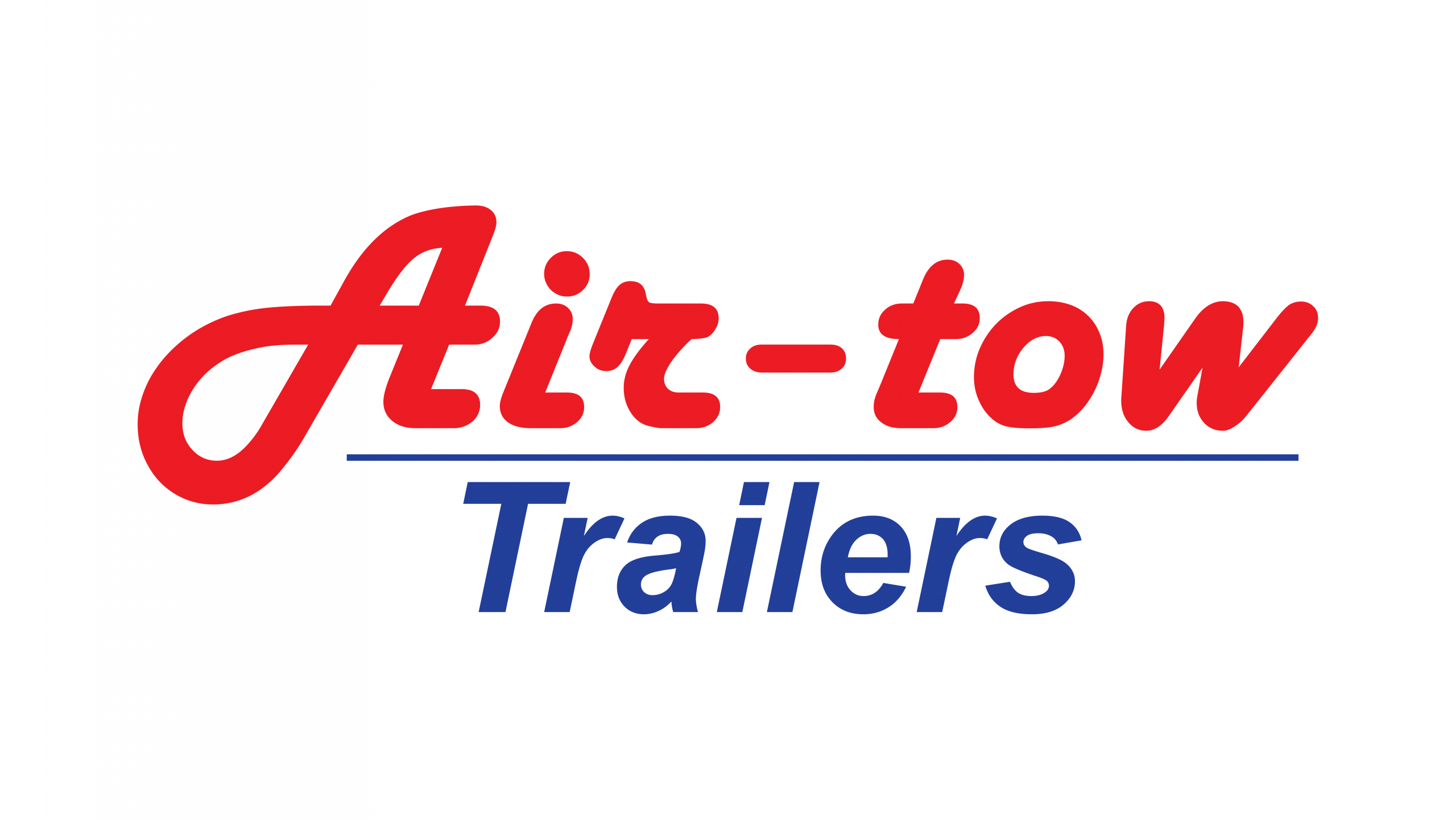Preventing Trailer Accidents with Proper Tie-Down Techniques
- September 5, 2024
- Products
- Posted by admin
- Leave your thoughts
Inadequate tie-down techniques can cause trailer accidents and damage to equipment. Proper tie-down methods enhance safety on the road and protect valuable cargo.
1. Choose the Right Tie-Down Equipment
Select tie-down straps, chains, or cables appropriate for the weight and size of your load. Inspect these regularly for wear and tear and replace any damaged equipment.
This list covers a range of straps, each suited for different loads and applications, ensuring you can select the right tool for your hauling needs.
- Ratchet Straps are commonly used for securing heavy loads such as machinery, vehicles, or large equipment.
- Cam Buckle Straps are commonly used for securing lighter loads such as furniture, bicycles, or smaller cargo.
- Lashing Straps are commonly used for bundling or securing items like lumber, pipes, or pallets.
- Bungee Cords are commonly used to secure lightweight or oddly shaped items such as tarps, small bags, or loose items.
- Chain Tie-Downs are commonly used to secure heavy or industrial loads such as construction equipment or large vehicles.
- E-Track Bars/Straps are commonly used to secure loads inside trailers or cargo vans with an e-track system installed.

- Winch Straps are commonly used for securing loads on flatbed trailers, such as lumber, steel, or heavy equipment.
- Axle Straps are commonly used for securing vehicles, particularly for towing or transport.
2. Distribute Weight Evenly
Proper weight distribution helps maintain stability during transport. Place heavier items low and towards the front of the trailer to prevent swaying or fishtailing.
3. Apply Correct Tension
Adjust tie-downs to apply sufficient tension without over-tightening. Straps should be snug to prevent movement but not so tight that they risk damaging the load or equipment.
4. Consider Environmental Factors
Account for weather conditions and terrain when securing your load. Use additional precautions in adverse conditions, such as weather-resistant tie-downs or extra securing methods.
5. Inspect Before Travel
Before hitting the road, double-check all tie-downs and connections. Ensure nothing is loose or shifting. This final inspection can prevent accidents caused by overlooked details.
Air-tow’s Systems for Securing Equipment:
D-rings: Air-tow Trailers are equipped with eight heavy-duty D-rings designed to handle the demands of securing heavy equipment. These D-rings provide sturdy anchor points for strapping down large machinery or bulky items. By attaching your straps or chains to these D-rings, you ensure your load remains securely in place, significantly reducing the risk of shifting or falling loads.
E-track: Air-tow’s e-track system offers versatility and security when keeping cargo stationary. It allows for adjustable securement points that are customized based on the load. The e-track can prevent equipment from moving, even on rough roads or during sudden stops, providing enhanced safety.

Conclusion
By following these proper tie-down techniques and utilizing Air-tow’s heavy-duty D-rings or e-track system, you can significantly reduce the risk of accidents while transporting goods or equipment. Prioritizing safety through careful securing practices ensures a safer journey for you and those sharing the road.
Ready to upgrade your trailer for safer hauling? Contact Air-tow Trailers today for expert advice and quality trailers built for reliability. Ensure your next trip is safe and efficient with Air-tow Trailers.

